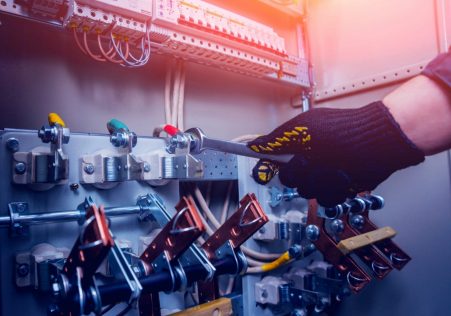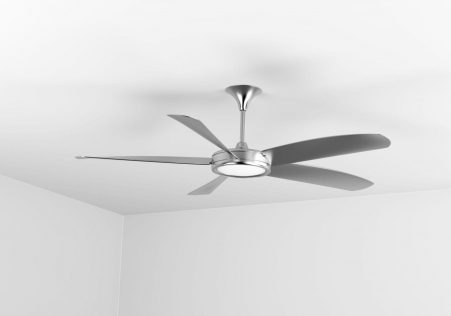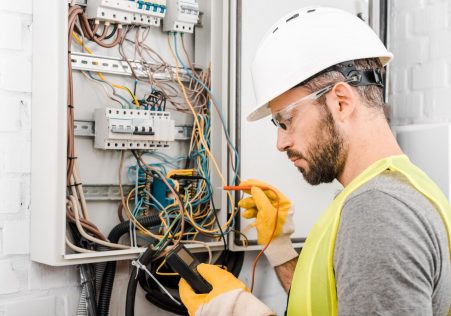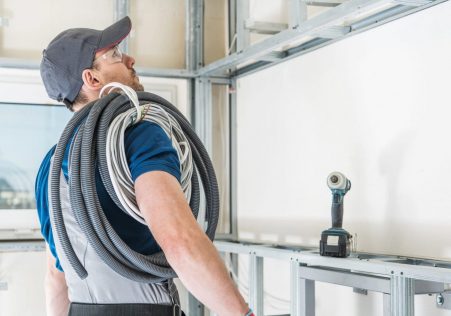Ensuring Your Home Safe: A Homeowner's Guide to Identifying Live Wires

Knowing how to identify live wires is an important aspect of working with electrical wiring. No matter if you’re a professional electrician or an individual homeowner looking to resolve an electrical problem it is essential to understand how to recognize live wires and take the appropriate precautions to avoid hazardous incidents. The following article we’ll discuss the importance of knowing how to identify live wires as well as the safety precautions you need to take while working around electrical wires.
Working with electrical wiring is extremely risky, and it’s essential to understand the risks associated with it. Electrocution is a real risk, and it can cause serious injuries, or even death. It’s important to ensure that you are well-equipped and equipment to handle electrical wiring safely.
Understanding the basics of electrical wiring
Before we begin to identify live wires, we need to be aware of the nature of them. Live wires carry electrical current, and they could be risky if not dealt with properly. When it comes to electrical connections there are three types of wires: hot, neutral and ground wires. The hot wires carry the electrical current while neutral wires carry return current and ground wires offer the safest route for current that is flowing too fast to be absorbed.
Tools and precautions to identify Live Wires
Identifying live wires requires the proper tools and precautions. One of the most essential tools is a non-contact voltage tester, which is a device that can detect electrical current without contact with wires. It is also crucial to shut off the power supply to the circuit you’re working on, and wear protective gear, such as the gloves you wear and protective glasses.
How to Identify Live Wires
Here are step-by-step instructions to identify live wires:
- Shut off the power supply to the circuit you will be working on.
- Use a non-contact voltage tester to identify whether live wires are present. The tester should be placed near the wire and if it detects voltage, the test will sound a beep or flash.
- Utilize a circuit breaker finder to locate the circuit breaker controlling the circuit. This will permit you to shut off power to the circuit.
What to Do When You Find an Active Wire
If you spot an active wire is important to shut off the power supply to the circuit as soon as you notice it. If you’re unsure about what to do you should get help from a professional. By shutting off the power, you stop any current of electricity from flowing through the wires and lower the risk of injury or electrocution.
Conclusion
Identifying live wires is an essential aspect in working around electrical wiring. It is essential to take appropriate precautions, including employing the appropriate tools and shutting off powerto avoid incidents. If you’re unsure about how to identify live wires or have any questions about electrical wiring, don’t hesitate to contact a professional electrician such as Local Electrician Coogee at 1300 941 876. They can help with any electrical issue and make sure that your house is safe and up to standards.










